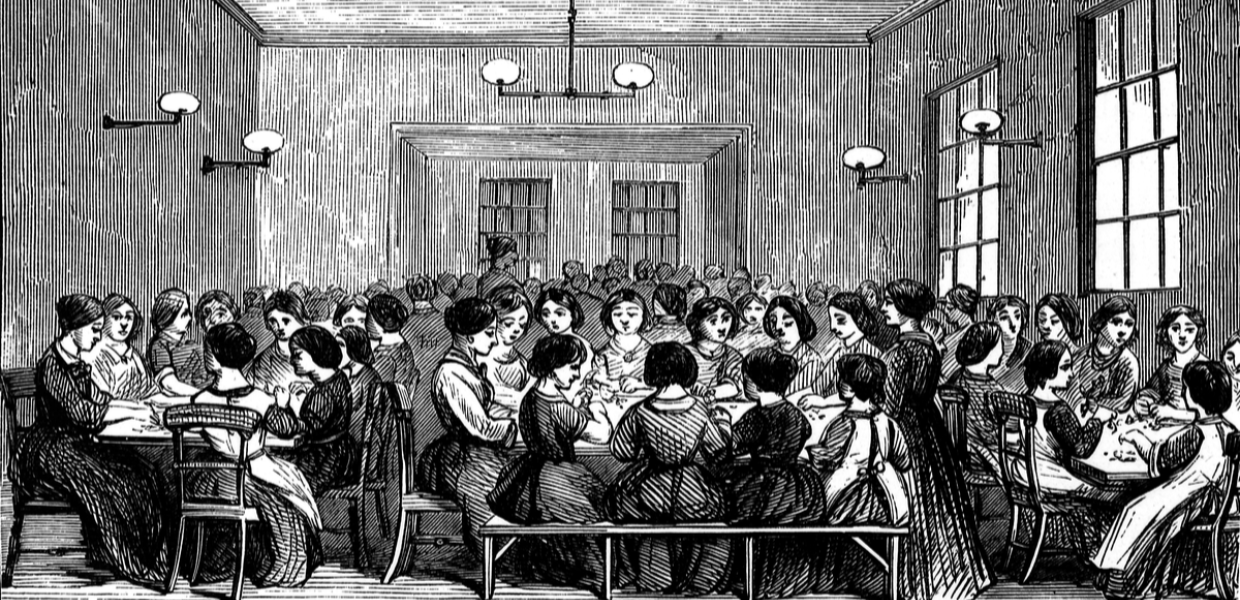Sources in ‘Women Working’
The Historiana source collection Women Working brings together digitised material from Europeana Collections which shows women from around the world throughout the 19th and 20th centuries. The collection gives an overview of some of the work carried out by women over the past two hundred years. The majority of the sources show them doing either agricultural labour, manufacturing work or washing clothes. The exceptions are a photo of Marie Curie at work as a scientist and two cartoons from Punch Magazine which ridicule women in medical professions.
The large number of sources in the collection encourages students to look for differences and similarities across times and cultures. The sources generally suggest that in the past, women did mostly manual labour. The few examples of women doing professional work are represented in a way that signals scepticism from either the maker of the source or from the intended public at the time. The sources selected aim to encourage students to consider how the availability of source material from a certain period influences and shapes our perspective of that time - in this case, how we perceive the role of women in the economy of the 19th and 20th centuries.
How do you teach Women Working?
Historiana’s e-learning activity on Women Working, which complements the source collection, uses digitised heritage material to encourage students to explore the topic:
The first part of the activity asks students to analyse two cartoons from Punch (a satirical magazine from the 19th and early 20th century), paying attention to the way women and men are portrayed. They can annotate the sources using the e-learning analysing tool, and comment on the implications of these cartoons and the extent to which they fit any preconceptions students have about women working in the 19th and 20th centuries.
The second part of the activity asks students to divide sources based on the parts of the world they come from. Even when sorted, these sources imply that in the past two centuries, women from all around the world mainly did agricultural work and simple manufacturing.
The final part of the activity asks students to reflect on how our perception of the past is shaped by sources and how this perception might influence our thoughts on women working in the present. The abundance of source material showing women doing manual work, combined with the sources that ridicule women doing professional work, suggests that women had a lower socio-economic status in the 19th and well into the 20th century. This activity could be used as a lead-in to a class discussion on the construction of our views of the past and how sources are likely only to show or tell only part of what actually happened. Teachers could challenge their students to be critical towards what sources present as ‘fact’.
Explore industrial heritage on Europeana Collections and find more teaching resources including units, source collections and eLearning activities on the Historiana website. You can also read more about women’s working history in Europe on the Europeana Collections Blog.



